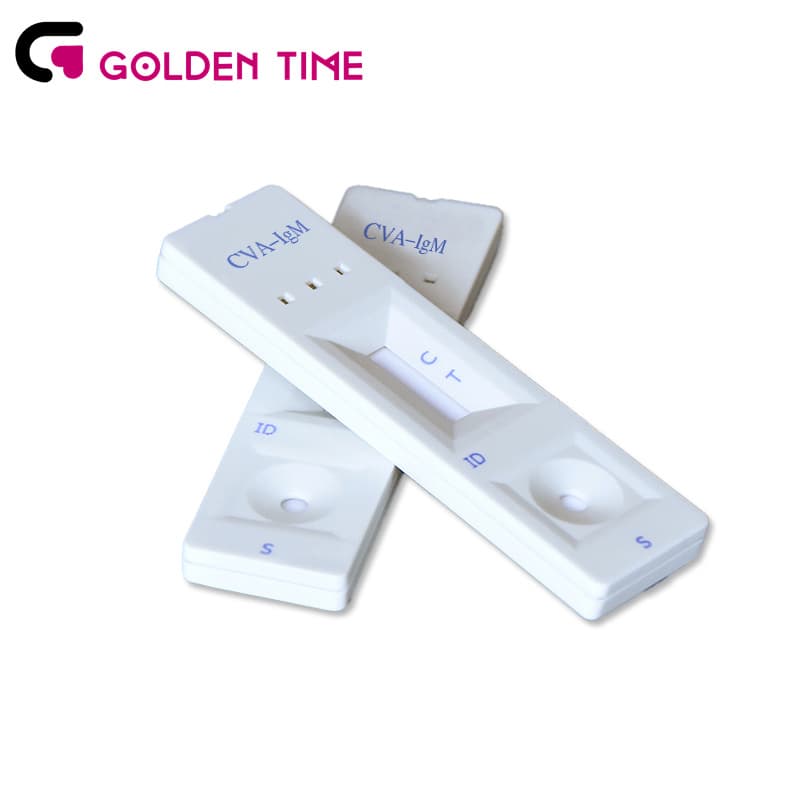Dec . 20, 2024 23:33 Back to list
urine dipstick
Understanding Urine Dipstick Testing A Comprehensive Guide
Urine dipstick testing is a common diagnostic tool used in medical practice to evaluate various aspects of a patient's health through the analysis of urine. This simple, cost-effective method provides valuable information about a person's metabolic and systemic functions, making it a crucial component in routine health assessments as well as in diagnosing various medical conditions.
What is a Urine Dipstick?
A urine dipstick is a thin, plastic strip with small pads that are chemically treated to react with specific substances in urine. When the dipstick is immersed in a urine sample, chemical reactions occur, resulting in color changes on the pads, which can be compared to a reference chart provided with the dipstick. This allows healthcare providers to evaluate the presence or concentration of several substances, including glucose, protein, ketones, bilirubin, urobilinogen, nitrites, leukocytes, and pH levels.
The Importance of Urine Dipstick Testing
The convenience and rapid results of urine dipstick testing make it an essential tool in clinical settings. It can quickly provide insights into a patient’s health status without the need for more invasive procedures. Here are a few key reasons why urine dipstick tests are important
1. Early Detection of Diseases Urine dipstick tests can detect various medical conditions at an early stage, such as diabetes mellitus (through the presence of glucose), kidney diseases (through protein), urinary tract infections (through nitrites and leukocytes), and liver disorders (through bilirubin).
2. Monitoring Existing Conditions For patients with known conditions, regular urine dipstick testing can help in monitoring their health. For example, individuals with diabetes can check for ketones, which indicate uncontrolled blood sugar, while patients with kidney disease can monitor protein levels.
3. Screening Tool Urine dipsticks are frequently used in routine screenings, such as during annual health check-ups, to assess general health and identify potential issues before they develop into more serious problems.
How is a Urine Dipstick Test Performed?
urine dipstick

Performing a urine dipstick test is relatively straightforward and requires minimal equipment. Here is a step-by-step guide
1. Sample Collection A fresh urine sample is collected, preferably during the morning when the urine is more concentrated.
2. Dipping the Stick The dipstick is immersed in the urine sample for a few seconds, ensuring that all the pads come into contact with the urine.
3. Reading Results After an appropriate time (usually a few minutes), the color changes on the dipstick are compared against the reference chart included with the dipsticks. This comparison allows the healthcare provider to interpret the results.
4. Documentation and Follow-up The results are documented in the patient's medical record, and further action may be taken based on the findings. Abnormal results often necessitate additional laboratory tests for confirmation and more detailed analysis.
Limitations of Urine Dipstick Testing
While urine dipstick testing is a powerful diagnostic tool, it is essential to recognize its limitations. False positives and false negatives can occur due to various factors, including certain medications, dietary influences, and improper sample collection or testing procedures. Therefore, any abnormal results typically require confirmation with more comprehensive laboratory testing.
Conclusion
Urine dipstick testing serves as a vital tool in modern medicine, offering quick and effective insights into a patient’s health. Its ability to detect various conditions early and monitor ongoing health issues is invaluable in preventive healthcare. However, it is crucial to interpret the results within the larger clinical context and follow up with additional testing when necessary. As a non-invasive and straightforward diagnostic tool, urine dipsticks continue to play a significant role in patient care and management.
-
Reliable Early Pregnancy Test Kit Supplier - Multi Plastic Cassette Options
NewsJul.30,2025
-
Transferrin Rapid Test Cassette – Reliable Tumor Marker Detection
NewsJul.29,2025
-
Accurate Follicle Stimulating Hormone Test Kit | Rapid Reliable Results
NewsJul.29,2025
-
High Accuracy LH Ovulation Test Kit - Digital Results & Wholesale Options
NewsJul.29,2025
-
HbsAg Blood Rapid Test Kit for Fast & Accurate Hepatitis B Detection
NewsJul.28,2025
-
Sterile Urine Cup for Safe & Easy Collection | High-Quality Specimen Cups
NewsJul.28,2025

